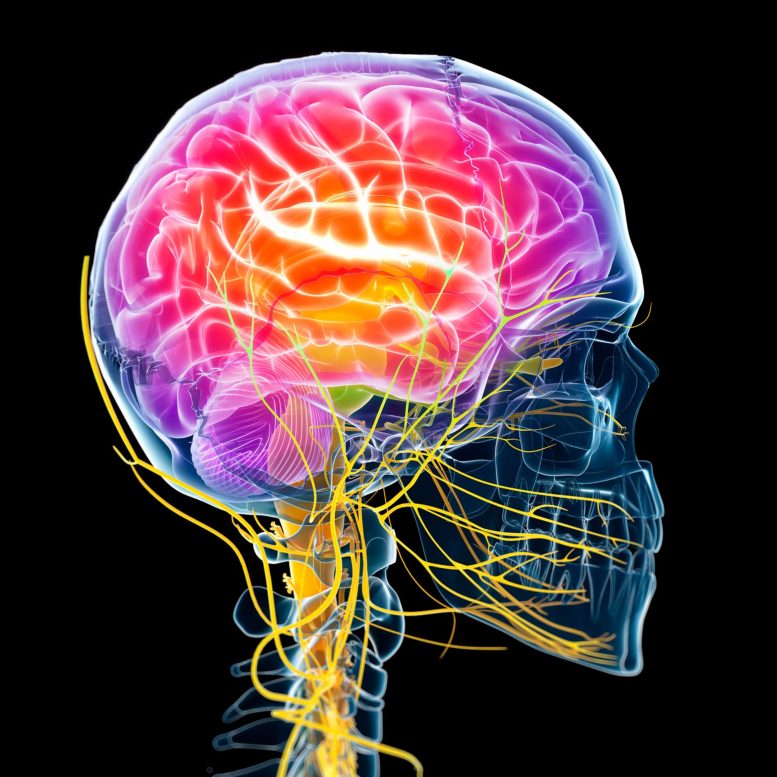
A new study from the Gladstone Institutes has identified a blood protein called fibrin as the key factor that transforms beneficial immune cells in the brain, known as microglia, into harmful ones, which contribute to diseases like Alzheimer’s and multiple sclerosis.
New insights into how blood makes the brain’s immune cells toxic point to new therapeutic strategies for Alzheimer’s disease and multiple sclerosis.
In individuals suffering from neurological disorders such as Alzheimer’s and Multiple Sclerosis, beneficial microglia, the immune cells within the brain, turn harmful to neurons. This detrimental shift contributes to cognitive dysfunction and impaired motor skills. Additionally, these harmful immune cells might play a role in cognitive decline associated with aging in individuals who are not suffering from dementia.
For a while, researchers have been diligently working to comprehend what precisely prompts these beneficial microglia to become harmful, and their specific role in disease progression. If they could identify what makes microglia toxic, they could find new ways to treat neurological diseases.
Now, researchers at Gladstone Institutes led by Senior Investigator Katerina Akassoglou, Ph.D., showed that exposure to blood leaking into the brain turns on harmful genes in microglia, transforming them into toxic cells that can destroy neurons.
The scientists discovered that a blood protein called fibrin—which normally aids blood clotting—is responsible for turning on the detrimental genes in microglia, both in Alzheimer’s disease and multiple sclerosis. The findings, published in the journal Nature Immunology, suggest that counteracting the blood toxicity caused by fibrin can protect the brain from harmful inflammation and loss of neurons in neurological diseases.
“Our study answers, for the first time in a comprehensive way, how blood that leaks into the brain hijacks the brain’s immune system to cause toxic effects in brain diseases,” says Akassoglou, who is also director of the Center for Neurovascular Brain Immunology at Gladstone and a professor of neurology at UC San Francisco (UCSF). “Knowing how blood affects the brain could help us develop innovative treatments for neurological diseases.”

Katerina Akassoglou (left) and Andrew Mendiola (right) show how blood makes the brain’s immune cells toxic, pointing to new treatments for Alzheimer’s disease and multiple sclerosis. Credit: Michael Short/Gladstone Institutes
Specific Effects of Blood Proteins
Individuals with neurological diseases like Alzheimer’s disease and multiple sclerosis have abnormalities within the vast network of blood vessels in their brain, which allow blood proteins to seep into brain areas responsible for cognitive and motor functions. Blood leaks in the brain occur early and correlate with worse prognosis in many of these diseases.
To understand which proteins in the blood affect gene and protein changes in immune cells, Akassoglou and her team took a systematic approach to determine how losing key blood proteins—such as albumin, complement, and fibrin—would affect immune cells in mice.
They analyzed the effect of the blood proteins with a suite of advanced molecular and computational technologies in collaboration with Nevan Krogan, Ph.D., senior investigator at Gladstone and director of the Quantitative Biosciences Institute at UCSF, and Alex Pico, Ph.D., research investigator and director of the Bioinformatics Core at Gladstone.
In the new study, the researchers found that different blood proteins activate distinct molecular processes in microglia. What’s more, they identified that fibrin is responsible for driving unique gene and protein activities that make microglia toxic to neurons. The other blood proteins tested were not mainly responsible for these toxic effects.
“We combined cutting-edge tools to capture a broad view of all the microglia processes triggered by distinct blood proteins,” says Andrew Mendiola, Ph.D., a scientist in Akassoglou’s lab and first author of the study. “Fibrin stood out, as it triggered a dramatic gene response in microglia, which mirrored gene signatures identified in chronic neurological diseases such as Alzheimer’s disease.”
In prior research, Akassoglou and her team discovered that fibrin can activate microglia and promote cognitive impairment in mice. Indeed, the researchers were able to narrow down fibrin’s bad influence to a specific inflammatory region of the protein. This region does not impact fibrin’s critical role in blood clotting. In the new study, the team showed that removing that inflammatory region reduced fibrin’s ability to turn on toxic genes in microglia, and restored the protective functions of these immune cells.
Implications for Neurological Diseases and Therapies
To assess whether their findings are relevant to disease, the researchers used a technique they developed to identify toxic gene activities in cells in mouse models of Alzheimer’s disease and multiple sclerosis. In both types of models, fibrin-activated microglia genes are involved in neurodegeneration and oxidative stress, processes that have been linked to both Alzheimer’s disease and multiple sclerosis.
“We think that, across neurological diseases, fibrin deposits at sites of blood leaks might drive toxic immune responses,” Mendiola says. “Identifying approaches to selectively inhibit these toxic responses could be a game changer for treating disease.”
Akassoglou’s lab has already developed one such drug, a therapeutic monoclonal antibody against fibrin’s inflammatory domain. The antibody blocks the detrimental effects of fibrin without adverse effects on blood clotting, and protects from multiple sclerosis and Alzheimer’s disease in mice. A humanized version of this first-in-class fibrin immunotherapy has now started Phase 1 safety clinical trials.
“Neutralizing blood toxicity could protect the brain from harmful inflammation and restore neuronal connections required for cognitive functions,” says Akassoglou. “By targeting fibrin, we can block toxic microglia cells without affecting their protective functions in the brain.”
The study generated a large amount of molecular data that is now freely available for other researchers to use. The open-access atlas of how the blood affects the brain could be further analyzed to reveal other functions of blood proteins and support the discovery of new drugs and biomarkers.
“These exciting findings change the way we think about blood proteins, from secondary bystanders to primary drivers of harm in the brain,” says Lennart Mucke, MD, director of the Gladstone Institute of Neurological Disease. “The mechanisms identified in this study could be at work in a range of neurological conditions involving blood leaks in the brain, including neurodegenerative disorders, autoimmune diseases, stroke, and traumatic brain injury. Therefore, they have far-reaching therapeutic implications.”
Reference: “Defining blood-induced microglia functions in neurodegeneration through multiomic profiling” by Andrew S. Mendiola, Zhaoqi Yan, Karuna Dixit, Jeffrey R. Johnson, Mehdi Bouhaddou, Anke Meyer-Franke, Min-Gyoung Shin, Yu Yong, Ayushi Agrawal, Eilidh MacDonald, Gayathri Muthukumar, Clairice Pearce, Nikhita Arun, Belinda Cabriga, Rosa Meza-Acevedo, Maria del Pilar S. Alzamora, Scott S. Zamvil, Alexander R. Pico, Jae Kyu Ryu, Nevan J. Krogan and Katerina Akassoglou, 8 June 2023, Nature Immunology.
DOI: 10.1038/s41590-023-01522-0
The study was funded by the National Institutes of Health, the National Multiple Sclerosis Society, and the BrightFocus Foundation.


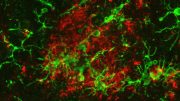
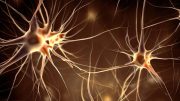
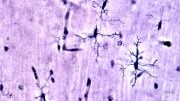
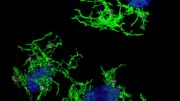


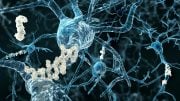
Be the first to comment on "Decoding Neurological Mysteries: How Blood Triggers Brain Disease"